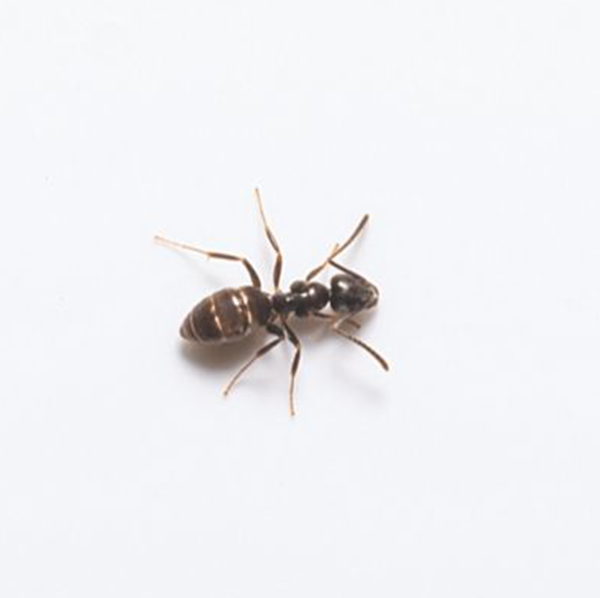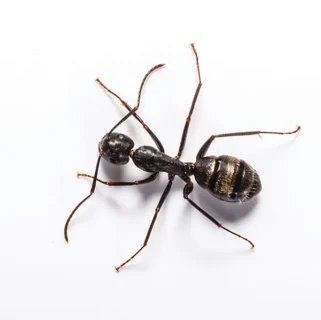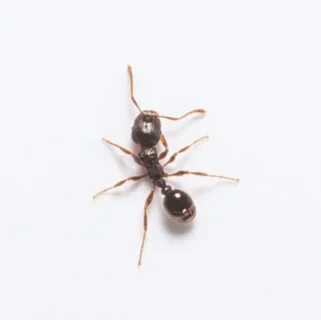Odorous House Ants in Cleveland
Odorous house ants are named for their foul, coconut-like scent that is released when they are crushed. These ants are generally very determined when it comes to finding food and moisture. They are especially attracted to sources of moisture in your home or office, like hot water pipes, heaters, beneath leaky pipes or sink fixtures, as well as sugary treats. Odorous house ants are attracted to sweet food, such as fruit juices and pastries, but will also eat just about anything they can find around your house. Dead organic matter and grease also top their food lists. If they are outside, they gravitate toward flowers and buds and aphid honeydew to snack on.
Odorous House Ant Habitat
Odorous ants are famous for moving their nests frequently, as the need arises, such as when they experience torrential rain and get flooded out. Inside your house, they create nests that will keep them close to sources of heat and moisture, or also near wood that has been previously damaged by termites. These ants venture into buildings to search for food and are frequently seen in kitchens and food preparation areas. Outside of your house, they might nest in firewood, in a pile of mulch, or under rocks.
Odorous House Ant Behaviors, Threats, or Dangers
Although odorous house ants are annoying pests, they do not spread disease or bite humans. They do, however, wreak havoc with pantries and other food supplies and contaminate the food in your homes. Ant workers and scouts leave undetectable scent trails from food sources back to their nests, allowing extensive colonies of ants to invade homes and businesses. Eliminate any standing water and quickly wipe up spills. They crave sugar, so make sure you clean up crumbs and keep a tidy kitchen and pantry area.
If you suspect an odorous house ant infestation, it is highly recommended to reach out to a professional ant exterminator.
Need help with Odorous House Ant control?
Need Pest Control Service?
Leave your information below and we’ll be in touch with a FREE quote!
"*" indicates required fields
*During normal business hours. After hours calls will be returned the next business day.



